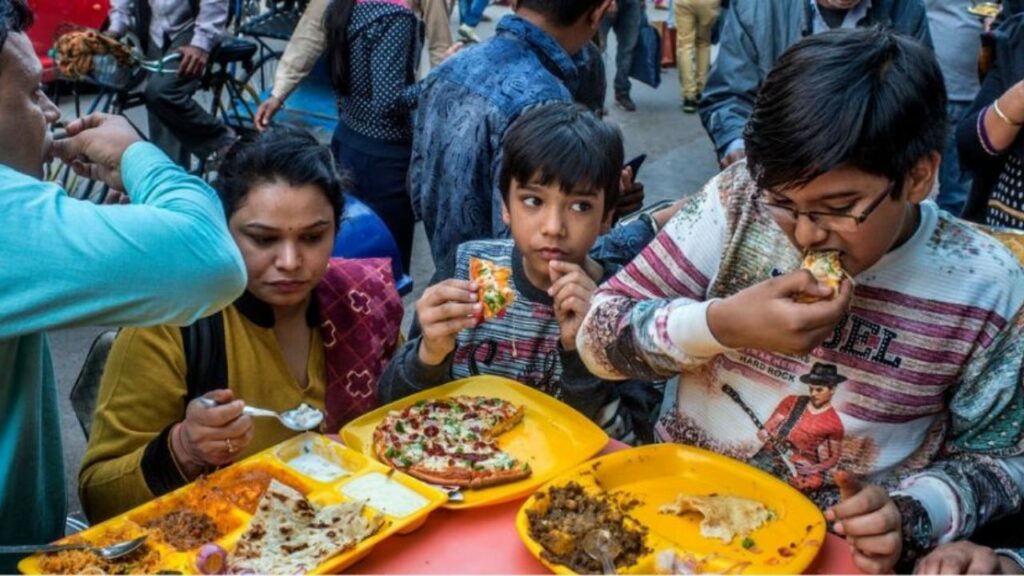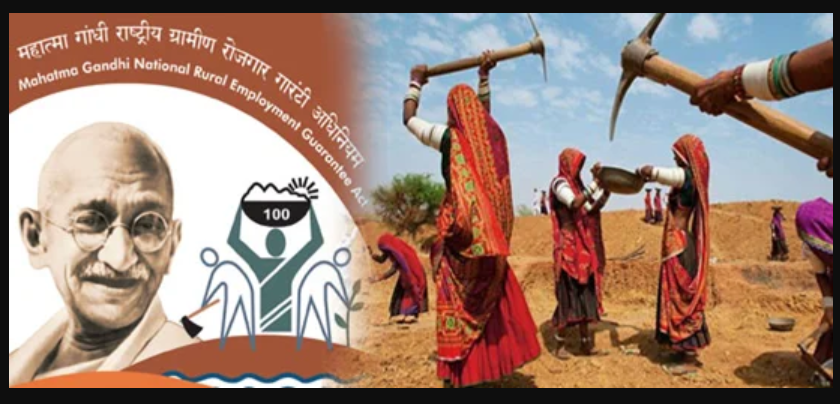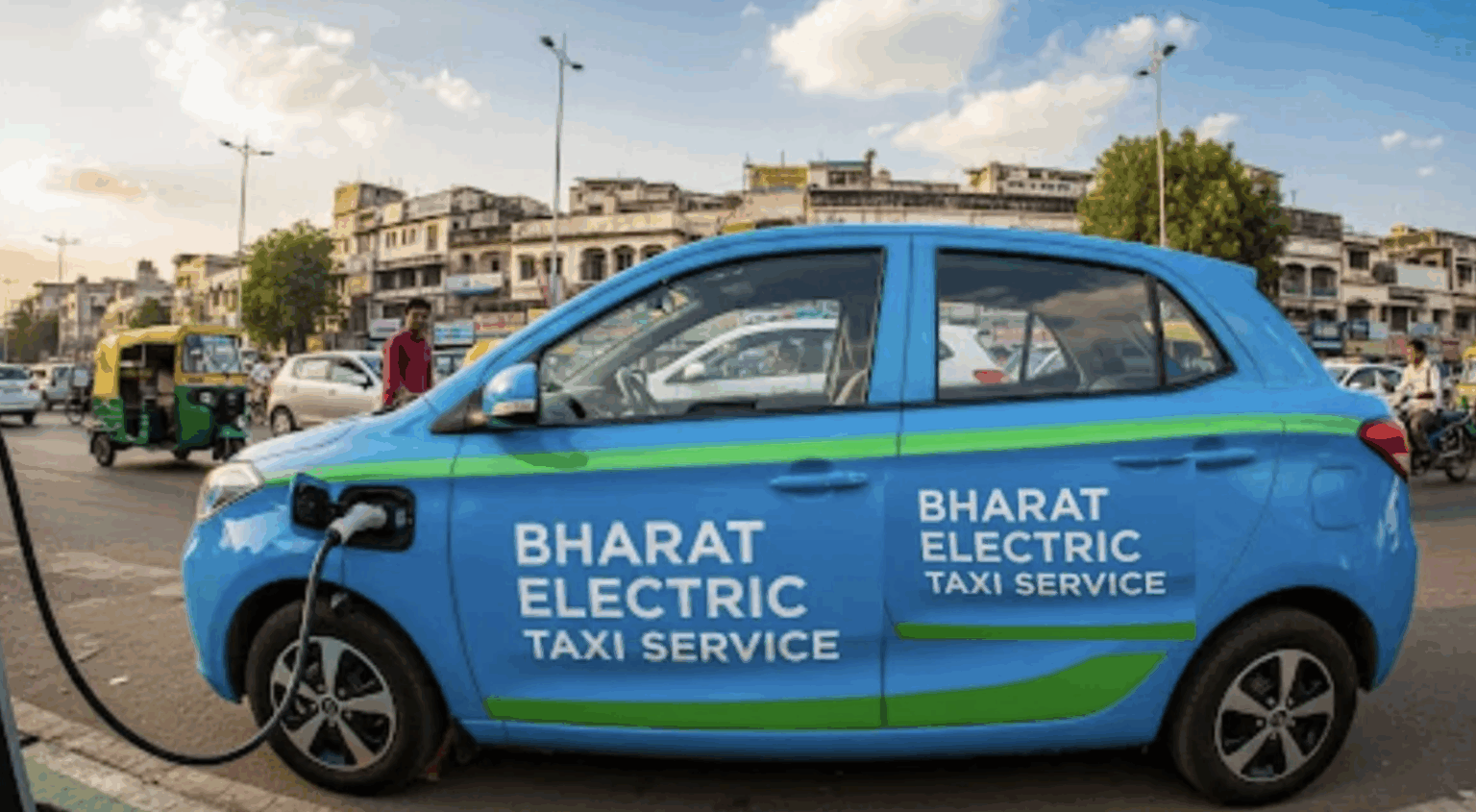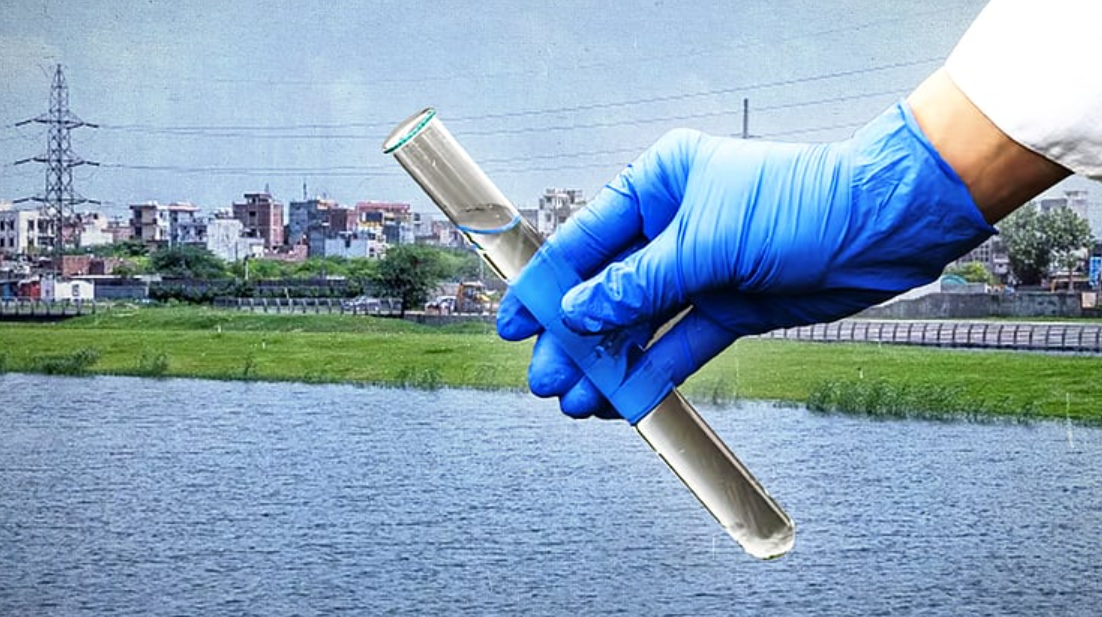New data published in Lancet Global Health reveals that half of the adult population in India does not meet the World Health Organisation’s (WHO) guidelines for sufficient physical activity. More women (57%) than men (42%) are physically inactive, with the prevalence of insufficient physical activity among Indian adults rising sharply from 22.3% in 2000 to 49.4% in 2022. If this trend continues unchecked, 60% of the population could be at risk of diseases related to physical inactivity by 2030.

Significance of the Study
WHO recommends at least 150 to 300 minutes of moderate aerobic activity per week (or an equivalent amount of vigorous activity) for all adults. Insufficient physical activity, defined as less than 150 minutes of moderate-intensity or 75 minutes of vigorous-intensity activity per week, increases the risk of cardiovascular diseases, Type 2 diabetes, dementia, and certain cancers. The data highlights that India has the 12th highest prevalence of insufficient physical activity among 195 countries.
Factors Contributing to Physical Inactivity
Dr. Rüdiger Krech, Director of Health Promotion at WHO, attributes the high rates of physical inactivity to changes in work patterns, environment, transportation modes, and leisure activities. These factors have shifted towards more sedentary lifestyles. Globally, nearly one-third (31%) of adults did not meet the recommended levels of physical activity in 2022, with the highest rates observed in high-income Asia-Pacific and South Asia regions.
Health Implications for Indians
Indians are genetically more prone to non-communicable diseases such as heart disease and diabetes, developing them at least a decade earlier than others. Lack of physical activity exacerbates these risk factors. Dr. K Srinath Reddy, a public health expert and cardiologist, emphasizes the importance of physical activity in reducing the risk of heart disease, diabetes, obesity, and certain cancers while improving mental health and the immune system.
Overcoming a Sedentary Lifestyle
Maitreyi Bokil, a Pune-based nutritionist and exercise physiologist, suggests starting with enjoyable physical activities, such as watering plants or household chores, and gradually incorporating more structured activities like walking with a friend or joining a community club. She also advocates for a balanced diet rich in micronutrients to support overall health and combat inflammation caused by erratic lifestyles.
Gender Disparities in Physical Activity
The study shows that women in India are more physically inactive than men, with cultural barriers and the misconception that household chores are sufficient exercise contributing to this disparity. Women often prioritize home duties and caregiving roles, leaving them less time for physical activity. Dr. Fiona Bull and Dr. Tessa Strain from WHO highlight that these responsibilities make it challenging for women to prioritize their health and physical activity.
Conclusion
The rise in physical inactivity among Indian adults is a significant public health concern. Addressing this issue requires a multifaceted approach, including promoting enjoyable physical activities, encouraging balanced diets, and overcoming cultural barriers that prevent women from engaging in sufficient physical activity.












